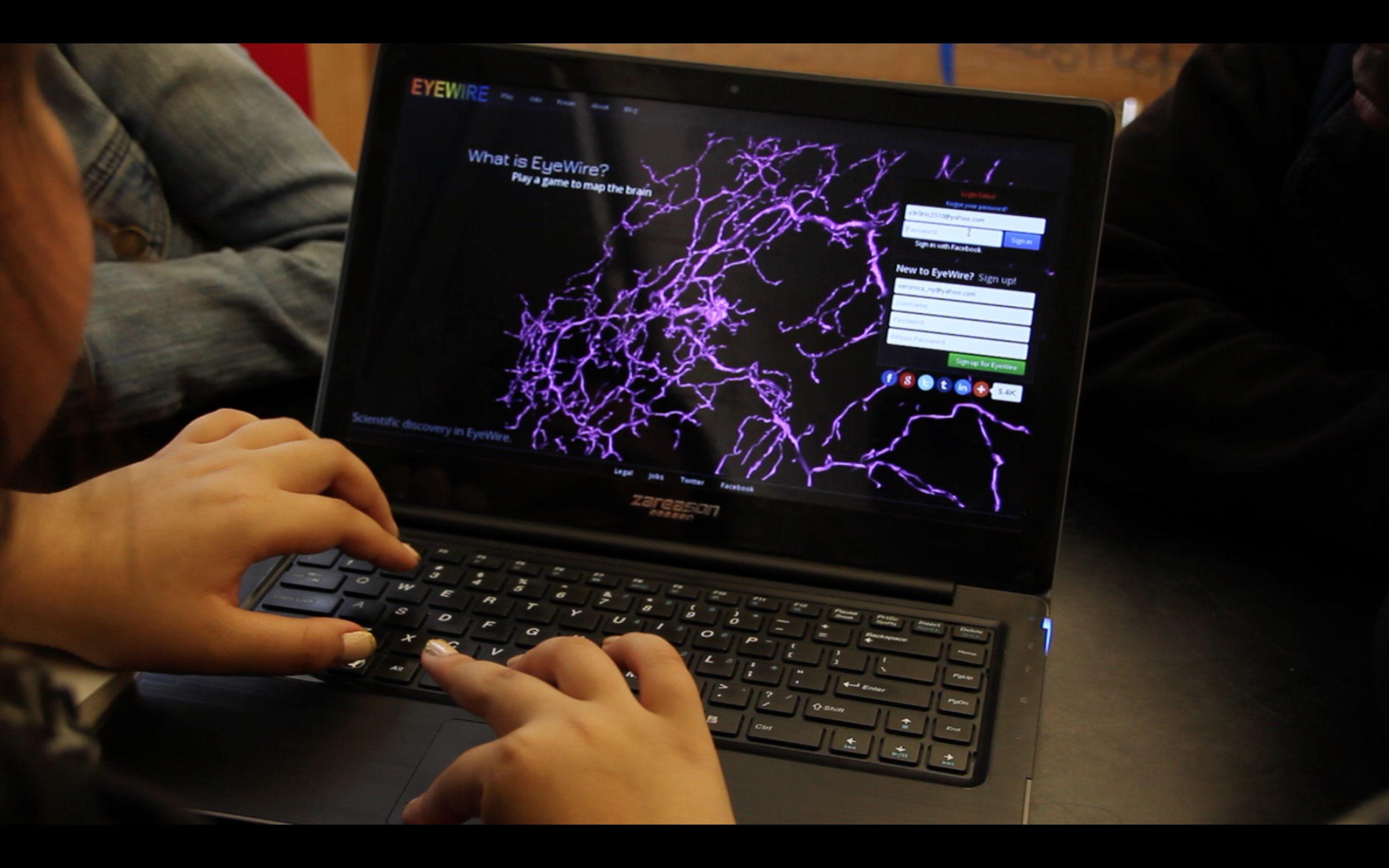|
Nuolja
Nuolja, also known as Njulla, is a field research site in Sweden that stretches across Mt. Njulla. With the mountain to the east, the village of Abisko to the south, and bordering Lake Torneträsk, this is a varied-habitat field site. Mountain birch forests are one of the main appeals of this research site. The name "Nuolja" may also refer specifically to a 12km hiking trail on Mt. Njulla, Sweden. History Nuolja was founded in 1917 by botanist Thore E. Fries, who published a lengthy report in 1925 titled "Ecological and Phenological Observations at Abisko Over the Years".. Fries hiked up the mountain and down again some 150 times, helping set the location of the future field site, assessing how snow melt dates affected plant phenology. Research Nuolja serves as a key climate change assessment site, echoing the original research done by Thore. E. Fries in 1917. In 2017, 100 years after his work, researchers began re-assessing how climate change has affected both snow melt a ... [...More Info...] [...Related Items...] OR: [Wikipedia] [Google] [Baidu] |
Abisko
Abisko (; se, Ábeskovvu) is a village in Sápmi (Lapland (Sweden), Lapland), in northern Sweden, roughly 250 km within the Arctic Circle, and near Abisko National Park, located 4 km west of the village. It had 85 inhabitants as of 2005. Permafrost is common around the village albeit this low altitude permafrost is disappearing because of global warming and increased snowfall. Transportation Daily passenger electric trains run by SJ AB connect Stockholm with the Norwegian city of Narvik, stopping at both the Abisko village (the name of that railway station is ''Abisko Östra'' [east]) and the Abisko Turiststation. Additional regional trains provide links along the Kiruna-Narvik stretch. Abisko is also reachable by car via the highway E10 which has linked Kiruna and Narvik since the early 1980s. Other local forms of transportation include hiking and dog-sledding in winter. A chair-lift provides access to a point below the summit of nearby Mt. Nuolja. Tourism The ... [...More Info...] [...Related Items...] OR: [Wikipedia] [Google] [Baidu] |
Sweden
Sweden, formally the Kingdom of Sweden,The United Nations Group of Experts on Geographical Names states that the country's formal name is the Kingdom of SwedenUNGEGN World Geographical Names, Sweden./ref> is a Nordic country located on the Scandinavian Peninsula in Northern Europe. It borders Norway to the west and north, Finland to the east, and is connected to Denmark in the southwest by a bridgetunnel across the Öresund. At , Sweden is the largest Nordic country, the third-largest country in the European Union, and the fifth-largest country in Europe. The capital and largest city is Stockholm. Sweden has a total population of 10.5 million, and a low population density of , with around 87% of Swedes residing in urban areas in the central and southern half of the country. Sweden has a nature dominated by forests and a large amount of lakes, including some of the largest in Europe. Many long rivers run from the Scandes range through the landscape, primarily ... [...More Info...] [...Related Items...] OR: [Wikipedia] [Google] [Baidu] |
Torneträsk
Torneträsk or Torne träsk (; Saami: ; Finnish and fit, Tornio or ) is a lake in Kiruna Municipality, Lapland, Norrbotten County in Sweden, in the Scandinavian Mountains. ''Träsk'' is the local word for ''lake'' (in Standard Swedish it means "swamp"). It is the sixth-largest lake in Sweden, with a total area of and a length of . The lake drains to the south-east through Torne river. South-west of the lake lies the Abisko National Park and the UNESCO World Heritage Site Laponian area. Torneträsk originated from the remnant of a glacier, which has given the lake its depth of , making it the second-deepest lake in Sweden. It is usually ice-covered from December through June, with variations dependent on temperature variations. Permafrost Permafrost is ground that continuously remains below 0 °C (32 °F) for two or more years, located on land or under the ocean. Most common in the Northern Hemisphere, around 15% of the Northern Hemisphere or 11% of the ... [...More Info...] [...Related Items...] OR: [Wikipedia] [Google] [Baidu] |
Citizen Science
Citizen science (CS) (similar to community science, crowd science, crowd-sourced science, civic science, participatory monitoring, or volunteer monitoring) is scientific research conducted with participation from the public (who are sometimes referred to as amateur/nonprofessional scientists). There are variations in the exact definition of citizen science, with different individuals and organizations having their own specific interpretations of what citizen science encompasses. Citizen science is used in a wide range of areas of study, with most citizen science research publications being in the fields of biology and conservation. There are different applications and functions of citizen science in research projects. Citizen science can be used as a methodology where public volunteers help in collecting and classifying data, improving the scientific community's capacity. Citizen science can also involve more direct involvement from the public, with communities initiating proj ... [...More Info...] [...Related Items...] OR: [Wikipedia] [Google] [Baidu] |

